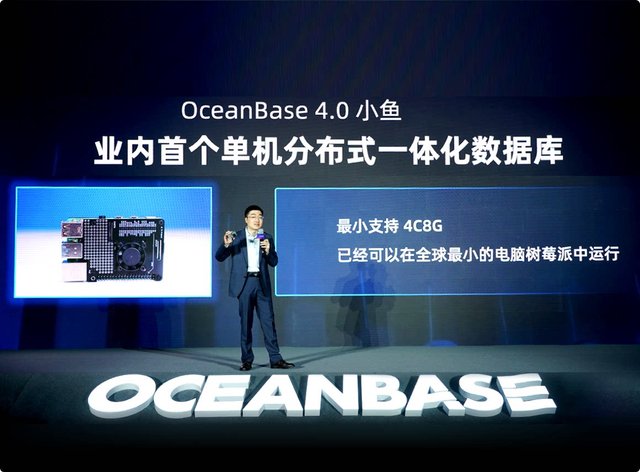HTAP database definition
HTAP (Hybrid transac- tion and analysis processing) databases, also known as hybrid relational databases, are hybrid relational databases that can provide both OLTP and OLAP.
HTAP databases, in the broadest sense, can perform OLTP on relational data models with strong consistency guarantees and incorporate distributed capabilities to be highly scalable at the same time. A narrow htap database uses row-column mixing or row-column transformation techniques to support both transactional and analytical capabilities.
Oracle, for example, was the initial design for OLTP services, and with the growing development of OLAP, the recently released version of Oracle began to support OLAP services at the same time, so it has become a broad sense of HTAP database. Whether it belongs to the concept of HTAP in the narrow sense needs to be based on its support for storage technology, row and column conversion, query processing technology and other comprehensive decision.
HTAP database features
1. Supports relational data model and can support standard SQL query language.
2. Can support OLTP service, ensure strong consistency of transaction processing ACID.
3. It can support OLAP services and has scalability and efficiency comparable to non-relational databases.
4. It has the ability of distributed data management, including adopting backup mechanism to ensure fault tolerance, adopting Raft algorithm or Pixos algorithm to ensure consistency, etc.
The main database system architectures that currently support HTAP include:
1. Row-based storage, in-memory column-assisted storage: row-based storage supports data addition, deletion, modification and search, and column-assisted storage (row-by-column conversion in memory) supports complex analysis. The main difficulties are how to choose which data to convert to column storage and how to use row storage and column storage to answer queries. The representative system is Oracle.
2. Host row storage, standby memory column storage: the host uses row storage, and the standby machine converts log copy to memory column storage to provide analysis capabilities. The representative system is MySQL HeatWave.
3. Multiple copies of rows and columns coexist. It is stored by multiple replicas, the main uses row storage and the replica uses column storage. The representative system is TiDB.
4. Store columns first, rows second. It is mainly stored in columns, and the incremental data is periodically converted to column storage through the delta table. The technologies to implement HTAP mainly include: row and column transformation technology, row and column co-existing query optimization technology, row and column co-existing transaction processing technology, etc
The HTAP database is designed to support both OLTP and OLAP queries, so the authentication method is to construct requirements that require both OLTP and OLAP for evaluation (e.g., hybrid TPC-C and TPC-H).
